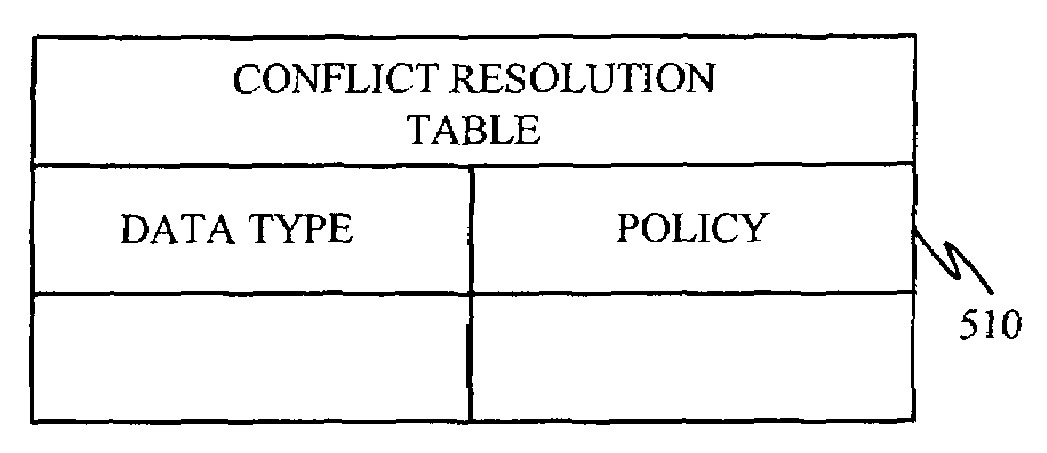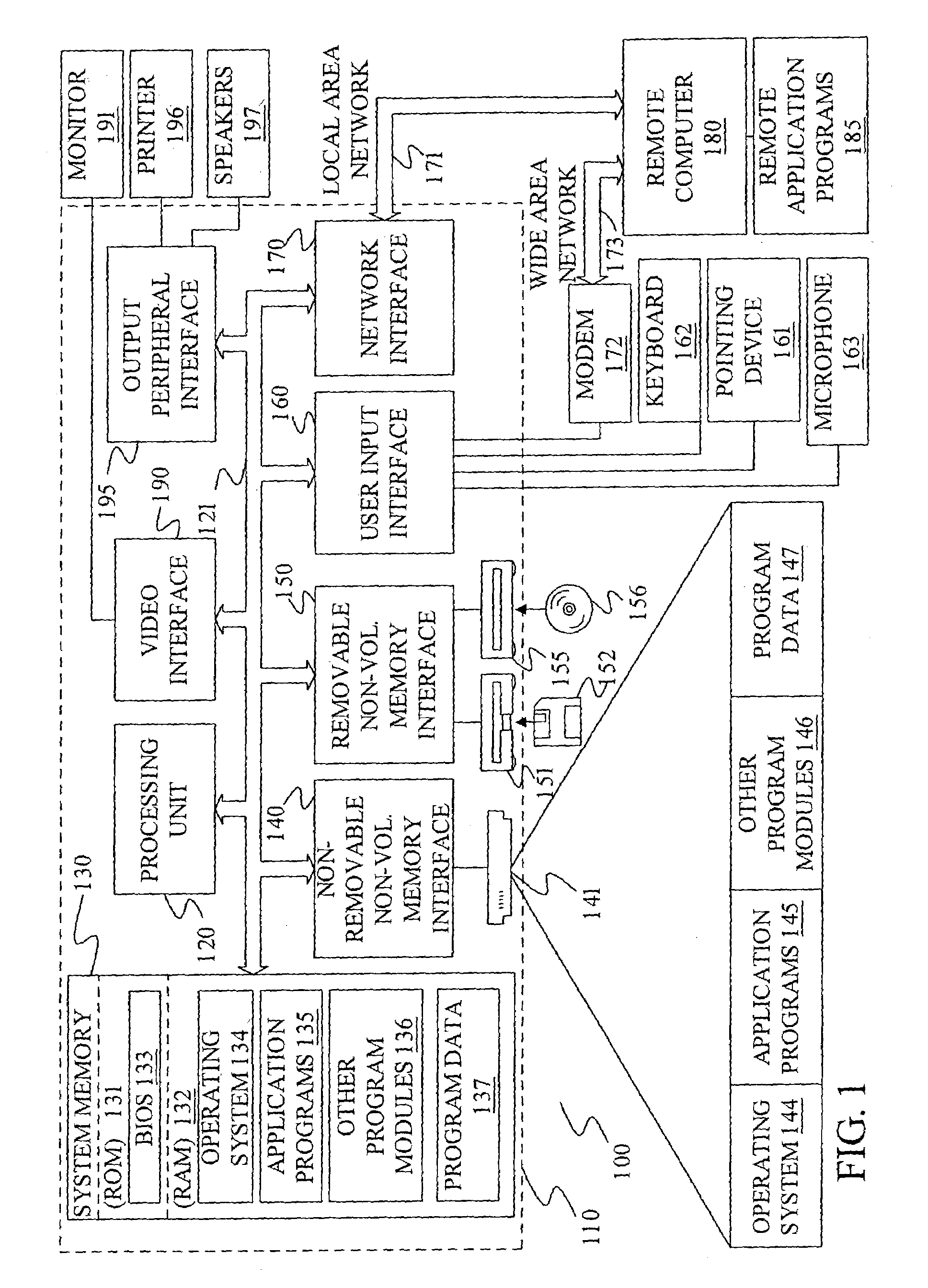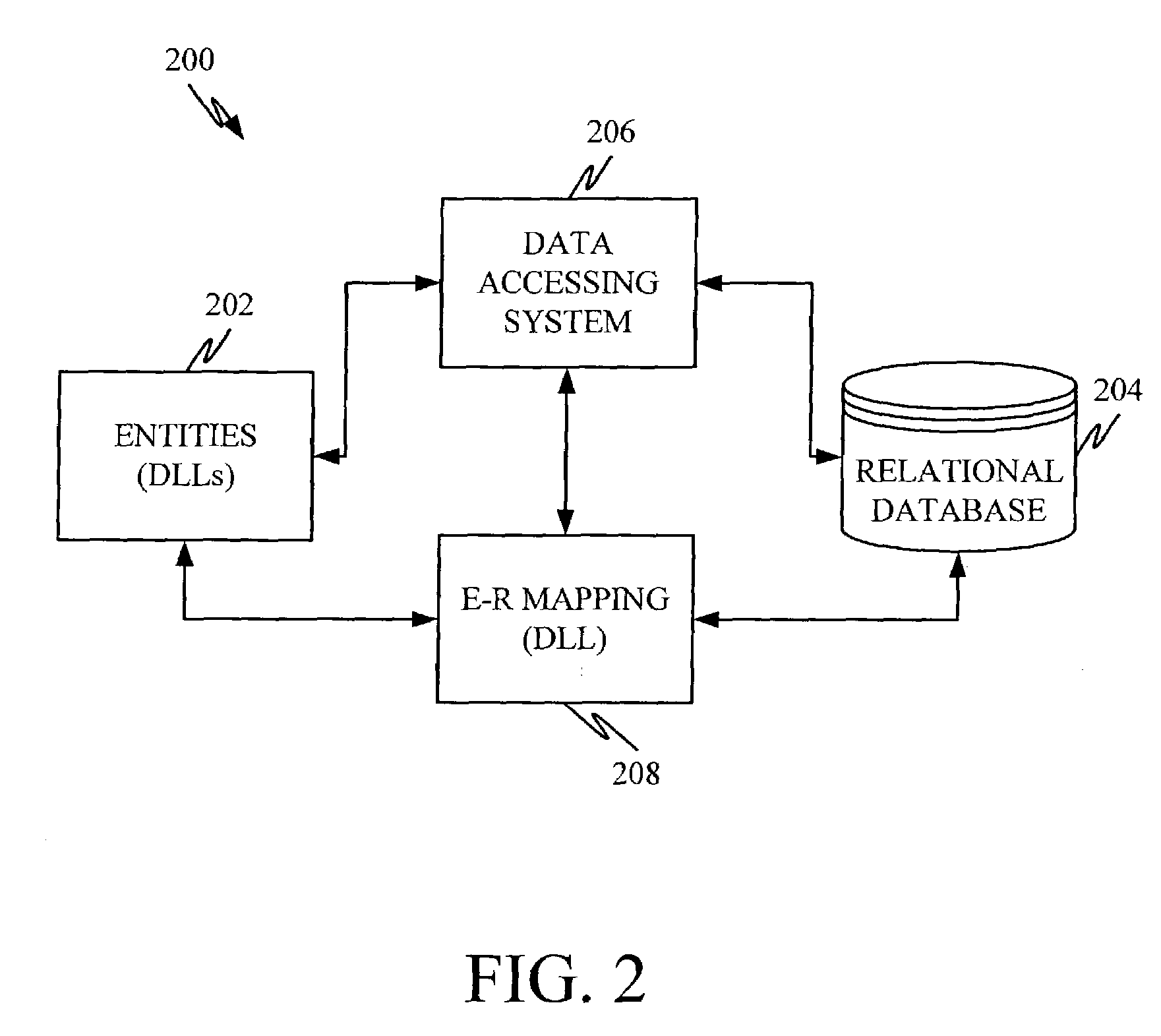Customization of process logic in a software system
a software system and process logic technology, applied in the field of computing environment, can solve the problems of significant cost, source code modification costs a significant amount of money prior to using the product, and the change of business activities can be costly and time-consuming, and achieve the effect of facilitating process customization
- Summary
- Abstract
- Description
- Claims
- Application Information
AI Technical Summary
Benefits of technology
Problems solved by technology
Method used
Image
Examples
first embodiment
[0062]FIG. 6A also illustrates a plurality of different exemplary ways in which the database schema can be implemented to reflect the entity extensions made. In a first embodiment, the entity extensions are stored in the table illustrated as 320 in FIG. 6A. It can be seen that table 320 includes the original table 286 that stores data associated with customer entity 280. The original table is simply extended to include a plurality of additional fields 322 and 324 which correspond to the entity extensions. To avoid name clashes, the names are preceded by the namespace of the author to ensure uniqueness. Thus, the original columns in table 286 are unmodified. Extensions are simply added to the original table which correspond to the entity extensions.
second embodiment
[0063]In a second embodiment, each of the entity extensions is stored in its own table. Those tables are indicated by numerals 326 and 328, respectively. Of course, a different table can be created for each customization, or all customizations for a given customizer (ABC or XYZ) can be stored in a single table.
third embodiment
[0064]In accordance with a third embodiment, the customizations are both stored in a single table 330. In table 330, both the entity extensions “preferred technician” and “credit limit” are stored in table 330. In this embodiment, the column names are preceded with the namespace of the author to ensure uniqueness. Of course, table 330 could be enlarged to include all customizations for all entities, or all customizations for a single entity. In the latter case, a new table is created for each entity, that holds all customizations for that entity.
[0065]In accordance with yet another embodiment, the present invention can be used with a system in which one or more tables containing customizations have already been created, and thus already exist in relational database 204. In that embodiment, the ExtensionEntities 300 and 302 are simply mapped to the already-existing tables that contain the customizations.
[0066]Entity extension can also be used to customize relationships among entities...
PUM
 Login to View More
Login to View More Abstract
Description
Claims
Application Information
 Login to View More
Login to View More - R&D
- Intellectual Property
- Life Sciences
- Materials
- Tech Scout
- Unparalleled Data Quality
- Higher Quality Content
- 60% Fewer Hallucinations
Browse by: Latest US Patents, China's latest patents, Technical Efficacy Thesaurus, Application Domain, Technology Topic, Popular Technical Reports.
© 2025 PatSnap. All rights reserved.Legal|Privacy policy|Modern Slavery Act Transparency Statement|Sitemap|About US| Contact US: help@patsnap.com



